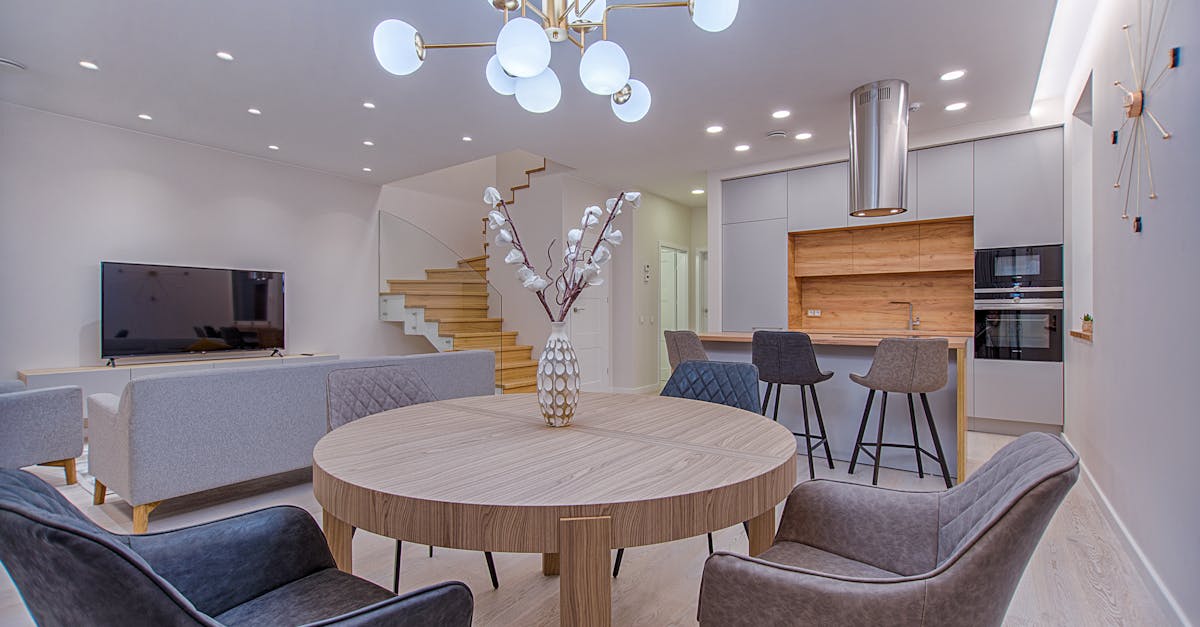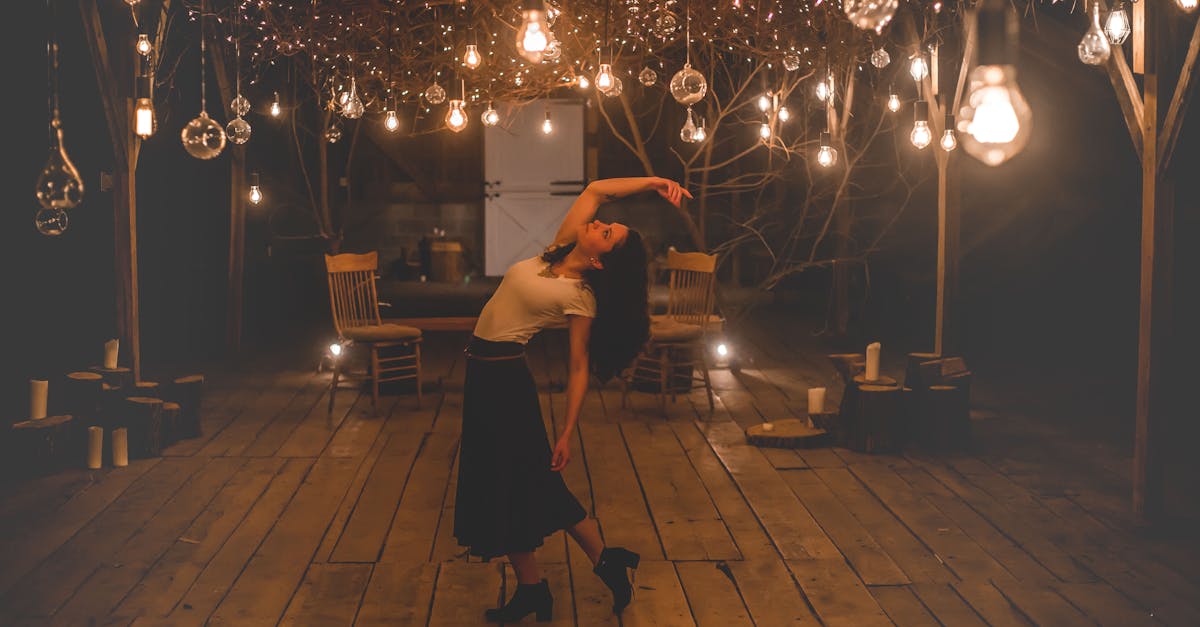
Collaborative Process of Lighting Design
Collaborative Process of Lighting Design
Lighting design in theatre is an essential element that contributes significantly to the overall artistic vision of a production. Within the collaborative process of lighting design, various creatives come together to craft a cohesive and engaging visual experience for the audience. In Pickering, this collaborative process involves close coordination between the lighting designer, directors, and set designers to ensure that the lighting seamlessly integrates with the set design and enhances the storytelling on stage.
Communication and teamwork are at the core of the collaborative process of lighting design in Pickering. Lighting designers work closely with directors and set designers to understand the artistic vision of the production and translate it into lighting cues and effects. By collaborating effectively, the team strives to create a visually captivating and emotionally resonant experience for the audience. Lighting design in Pickering thrives on this collaborative spirit, where each member contributes their expertise to bring the artistic vision to life on stage.
Coordination with Directors and Set Designers for Artistic Vision
Collaboration between lighting designers, directors, and set designers is crucial in realizing the artistic vision of a theatrical production. In the enchanting world of Theatre lighting design in Niagara, the coordination between these key players is paramount for creating a cohesive and impactful visual experience for the audience. Lighting designers work closely with directors to understand the emotional tones, narratives, and themes of the production, ensuring that the lighting enhances and supports the overall vision of the show. By collaborating with set designers, lighting designers can integrate their lighting concepts seamlessly into the physical space, enhancing the atmosphere and aesthetics of the performance.
Impact of Lighting Design on Audience Experience
Lighting Design in Pickering plays a pivotal role in shaping audience experiences during theatrical performances. By strategically illuminating actors and set pieces, lighting designers can effectively guide audience attention and evoke emotional responses. The interplay of light and shadow can create a sense of depth and mood on stage, enhancing the dramatic impact of key moments within the production. Additionally, the colour temperature and intensity of the lighting can influence the overall atmosphere, setting the tone for the narrative unfolding before the audience's eyes.
Moreover, lighting design not only enriches the visual aspects of a performance but also contributes to the safety and comfort of both performers and audience members. Proper illumination is crucial in ensuring that actors can move confidently on stage without any hindrance, reducing the risk of accidents during live shows. Furthermore, adherence to electrical standards and protocols is essential in maintaining a secure and hazard-free environment within the theatre space. Overall, the meticulous consideration of lighting design elements in Pickering significantly enhances the audience's engagement and enjoyment of theatrical productions.
Guiding Attention and Evoking Emotional Responses
A crucial aspect of lighting design in theatre is its ability to guide the audience's attention and evoke emotional responses. In the world of theatre, lighting designers play a pivotal role in directing the audience's focus to specific areas of the stage. By strategically illuminating certain elements, such as actors or set pieces, lighting designers create visual cues that help guide the audience through the narrative. In venues like the Shaw Festival Theatre in Niagara-on-the-Lake, lighting designers use their expertise to enhance the storytelling process and ensure that the audience is fully immersed in the production.
Moreover, lighting design in Niagara can evoke powerful emotional responses from the audience. Through the use of different light colours, intensities, and patterns, lighting designers can create a wide range of moods and atmospheres that complement the performances on stage. Subtle changes in lighting can convey a character's internal struggles, set the tone for a romantic scene, or heighten the tension in dramatic moments. The interplay between light and shadow adds depth and complexity to the overall theatrical experience, leaving a lasting impression on the audience members long after the final curtain call.
Safety Considerations in Theatre Lighting
Safety considerations in theatre lighting are of utmost importance to ensure the well-being of all individuals involved in a production. Lighting design in Niagara, as in any other theatre setting, must adhere to strict guidelines to mitigate any potential risks. It is essential to ensure that all equipment is properly installed, maintained, and operated to prevent any accidents or injuries during performances. Additionally, proper training for all staff involved in the lighting design process is crucial to guarantee a safe working environment.
Another key aspect of safety considerations in theatre lighting is the importance of following electrical standards and regulations. All electrical connections and equipment must meet industry standards to prevent any fire hazards or electrical malfunctions. Regular inspections and maintenance of lighting fixtures are essential to identify any potential issues and address them promptly. By prioritizing safety in lighting design in Niagara theatres, it ensures that both the performers and audience members can enjoy the production without any concerns regarding their well-being.
Ensuring Proper Illumination and Electrical Standards
Lighting design in theatre is a crucial element that contributes to the overall atmosphere and visual impact of a performance. Ensuring proper illumination and adhering to electrical standards are essential aspects that lighting designers must consider in every production. In the vibrant theatre scene in Niagara, where innovative performances captivate audiences, attention to detail in lighting design is key to creating a seamless and immersive experience for theatregoers.
Technical proficiency in understanding the requirements for lighting fixtures, electrical connections, and power distribution is paramount in theatre productions. Lighting designers in Niagara work in collaboration with theatre technicians to ensure that all equipment meets safety standards and that the electrical setup is reliable throughout the performance. By meticulously managing illumination levels and electrical components, lighting designers play a crucial role in bringing the director's artistic vision to life on stage in theatres across Niagara.
FAQS
What is the role of a lighting designer in theatre?
A lighting designer in theatre is responsible for creating the lighting atmosphere that supports the artistic vision of the production. They work closely with the directors and set designers to enhance the overall experience for the audience.
How does lighting design impact the audience experience in theatre?
Lighting design in theatre plays a crucial role in guiding the audience's attention, setting the mood, and evoking emotional responses. It can transform a scene and create a dynamic visual narrative that enhances the storytelling on stage.
What safety considerations are important in theatre lighting design?
Safety is paramount in theatre lighting design. Designers must ensure proper illumination levels to prevent accidents and adhere to electrical standards to avoid fire hazards. They also need to take into account the comfort and well-being of the performers and crew members.
What is the collaborative process involved in lighting design for theatre productions?
Lighting design in theatre is a collaborative process that involves close coordination with directors, set designers, and other creatives. The lighting designer works to bring the artistic vision to life through the strategic use of light and shadow to enhance the performance.
How does a lighting designer coordinate with directors and set designers to achieve the artistic vision?
Lighting designers work closely with directors and set designers to ensure that the lighting complements the overall aesthetic and storytelling of the production. They collaborate on colour schemes, mood, and lighting cues to create a cohesive and impactful visual experience for the audience.






